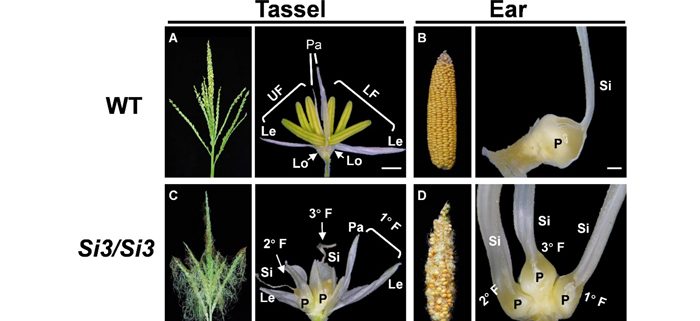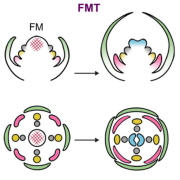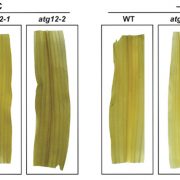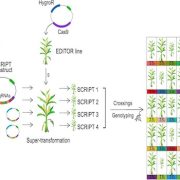silky3 Is a Novel Transcriptional Regulator that Influences Multiple Flower Development Pathways in Maize
By Haishan Luo, China Agricultural University, Beijing 100193, China
Background: Inflorescence initiation and formation has been extensively studied in dicots, especially Arabidopsis, but underexplored in monocots such as maize. Aiming at finding novel genetic components in monocot flower development, we identified a maize semi-dominant mutant Silky3 (Si3) with pleiotropic developmental defects in several aspects of inflorescence development, including the determinacy and identity in meristems and floral organs, as well as the sexual differentiation of the tassel florets.
Question: We wanted to understand the molecular mechanism underlying the complicated phenotype of the Si3 mutant inflorescence.
Findings: By a combined use of map-based cloning and RNA-Seq, we determined the causal gene to be LOC103644677 (si3) with unknown function. Functional analysis revealed that si3 encodes a potential transcriptional regulator and was ectopically expressed in the mutant developing inflorescences. Transcriptome analysis revealed that a large number of biological processes were strongly repressed in the Si3 mutants. Further in situ hybridization and qRT-PCR assays showed that several flower development-related genes had altered expression patterns in Si3 inflorescences. In addition, the homeostasis of jasmonic acid and gibberellic acid was altered in the Si3 young tassels. Interestingly, exogenous application of jasmonic acid rescued the Si3 tassel seed phenotype. Taken together, the defects of multiple flower development pathways explain the complicated phenotypes in the Si3 mutant inflorescences.
Next steps: To better understand the mode of action of si3 in maize inflorescence development, we will further explore genetic components genetically or physically interacting with si3, thereby deepening our understanding of the regulatory network underlying maize inflorescence development.










